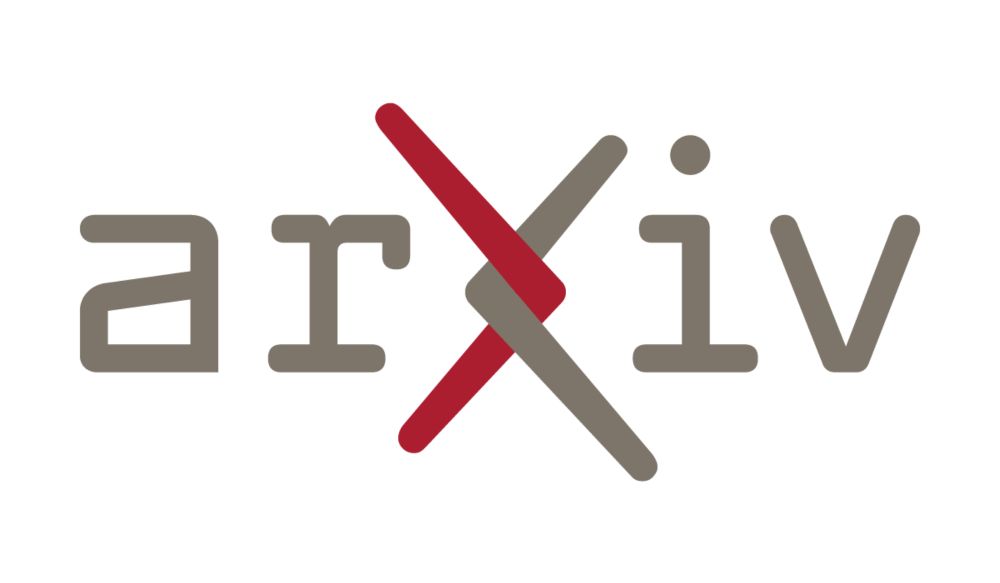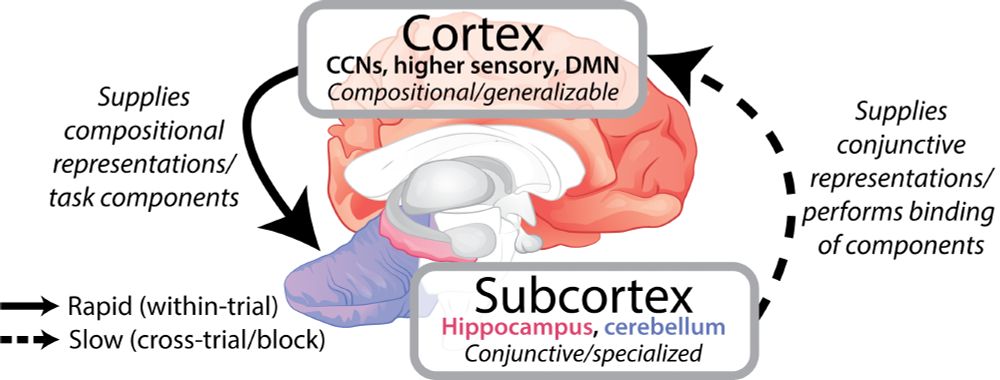
computational cognitive neuroscience 🧠
postdoc princeton neuro 🍕
he/him 🇨🇦 harrisonritz.github.io
At first, what we found was very confusing!
But when we dug in, it revealed a fascinating neural strategy for how we switch between tasks
doi.org/10.1101/2024.09.29.615736
🧵
arxiv.org/pdf/2410.03972
It started from a question I kept running into:
When do RNNs trained on the same task converge/diverge in their solutions?
🧵⬇️

arxiv.org/pdf/2410.03972
It started from a question I kept running into:
When do RNNs trained on the same task converge/diverge in their solutions?
🧵⬇️
@eliezyer.bsky.social and I will do a full thread on this when the paper comes out, but his work shows it's (as usual) a little more complicated 🧵
@eliezyer.bsky.social and I will do a full thread on this when the paper comes out, but his work shows it's (as usual) a little more complicated 🧵
Designed for Psychology & Cognitive Neuroscience Master's students starting their programming journey at @vuamsterdam.bsky.social.
Feel free to share! Feedback welcome!



Designed for Psychology & Cognitive Neuroscience Master's students starting their programming journey at @vuamsterdam.bsky.social.
Feel free to share! Feedback welcome!
“Inter-areal coupling for cognition through coincident oscillatory transients” together with
@ycaoneuro.bsky.social
@ktsetsos.bsky.social
@donnerlab.bsky.social &
Andreas Engel
#MEG #neuroscience #bioRxiv
www.biorxiv.org/content/10.1...

“Inter-areal coupling for cognition through coincident oscillatory transients” together with
@ycaoneuro.bsky.social
@ktsetsos.bsky.social
@donnerlab.bsky.social &
Andreas Engel
#MEG #neuroscience #bioRxiv
www.biorxiv.org/content/10.1...
Joint work w/ @dikshagup.bsky.social , Carlos Brody, @jpillowtime.bsky.social .
(Details below)
Joint work w/ @dikshagup.bsky.social , Carlos Brody, @jpillowtime.bsky.social .
(Details below)

- doesn’t linearize, distorting similarity metrics
- is biased by temporal jitter across epochs
- may miss important dimensions for transient amplification
If you think there is a state space, use a state space model!

- doesn’t linearize, distorting similarity metrics
- is biased by temporal jitter across epochs
- may miss important dimensions for transient amplification
If you think there is a state space, use a state space model!

𝗹𝗲𝗻𝘀 𝗼𝗳 𝗱𝘆𝗻𝗮𝗺𝗶𝗰𝗮𝗹 𝘀𝘆𝘀𝘁𝗲𝗺𝘀
"...trade-off between cognitive flexibility and stability inherent to dynamical system models of varying complexity."
by S Musslick and A Bizyaeva
#neuroskyence
doi.org/10.1016/j.co...


𝗹𝗲𝗻𝘀 𝗼𝗳 𝗱𝘆𝗻𝗮𝗺𝗶𝗰𝗮𝗹 𝘀𝘆𝘀𝘁𝗲𝗺𝘀
"...trade-off between cognitive flexibility and stability inherent to dynamical system models of varying complexity."
by S Musslick and A Bizyaeva
#neuroskyence
doi.org/10.1016/j.co...
It is "fun."

It is "fun."

📄 Paper: arxiv.org/abs/2508.12939


@dingdingpeng.the100.ci @rmcelreath.bsky.social
@tjmahr.com
@dingdingpeng.the100.ci @rmcelreath.bsky.social
@tjmahr.com
arxiv.org/abs/2510.23321
arxiv.org/abs/2510.23321
Otherwise looks like a cool review of distributed decision signals :)


Otherwise looks like a cool review of distributed decision signals :)
We’re recruiting at all levels.
If you’re excited about neural computation, large-scale multi-region recordings, and machine learning, let’s talk!
And yes, the mountains are as incredible as they say!
We’re recruiting at all levels.
If you’re excited about neural computation, large-scale multi-region recordings, and machine learning, let’s talk!
And yes, the mountains are as incredible as they say!
Why is cognitive effort experienced as costly?
(or why does it hurt to think)
never written a review paper before in my life, that was a new and unusual experience

Why is cognitive effort experienced as costly?
(or why does it hurt to think)
never written a review paper before in my life, that was a new and unusual experience

Come join the CATS Lab: nucatslab.com
Learn about our latest research: iamh.northwestern.edu/research/res...
Come join the CATS Lab: nucatslab.com
Learn about our latest research: iamh.northwestern.edu/research/res...
www.nature.com/articles/s41...

www.nature.com/articles/s41...
Computational modeling of error patterns during reward-based learning show evidence that habit learning (value free!) supplements working memory in 7 human data sets.
rdcu.be/eQjLN

Computational modeling of error patterns during reward-based learning show evidence that habit learning (value free!) supplements working memory in 7 human data sets.
rdcu.be/eQjLN
NANO048: "Human Intracranial Recordings: Cognitive and Clinical Science"
Wed. Nov. 19 from 8-10am (🙃)
Room 23A
NANO048: "Human Intracranial Recordings: Cognitive and Clinical Science"
Wed. Nov. 19 from 8-10am (🙃)
Room 23A

